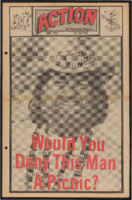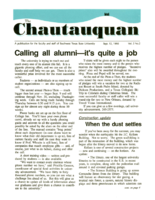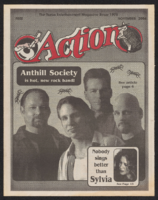Action Magazine, June 1976
Description
Cover story on Willie Nelson Picnic.
Additional machine-extracted names mentioned in this issue: Gasoline Alley, Jesse Ashlock, Marsha Ball, Johnny Bond, Johnny Bush, Guy Capparelli, David Allan Coe, Keith Coleman, Alvin Crow, Jimmy Damell, Charlie Daniels, Bob Dylan, Kinky Friedman, Johnny Gimble, Elliott Gould, Waylon Jennings, Tess Liberto, Bubba Littrell, Darrell McCall, Augie Meyers, Jenny Morris, Michael Murphy, San Pedro, Mike Pigott, Bill Plummer, Charlie Pride, Neil Reshen, Larry Roberson, Ron Rose, Al Stricklin, Mel Tillis, Ernest Tubb, Jerry Waddell, Greezy Wheels, Bob Wills, Brian Wilson, Ray Wylie, Faron Young.




